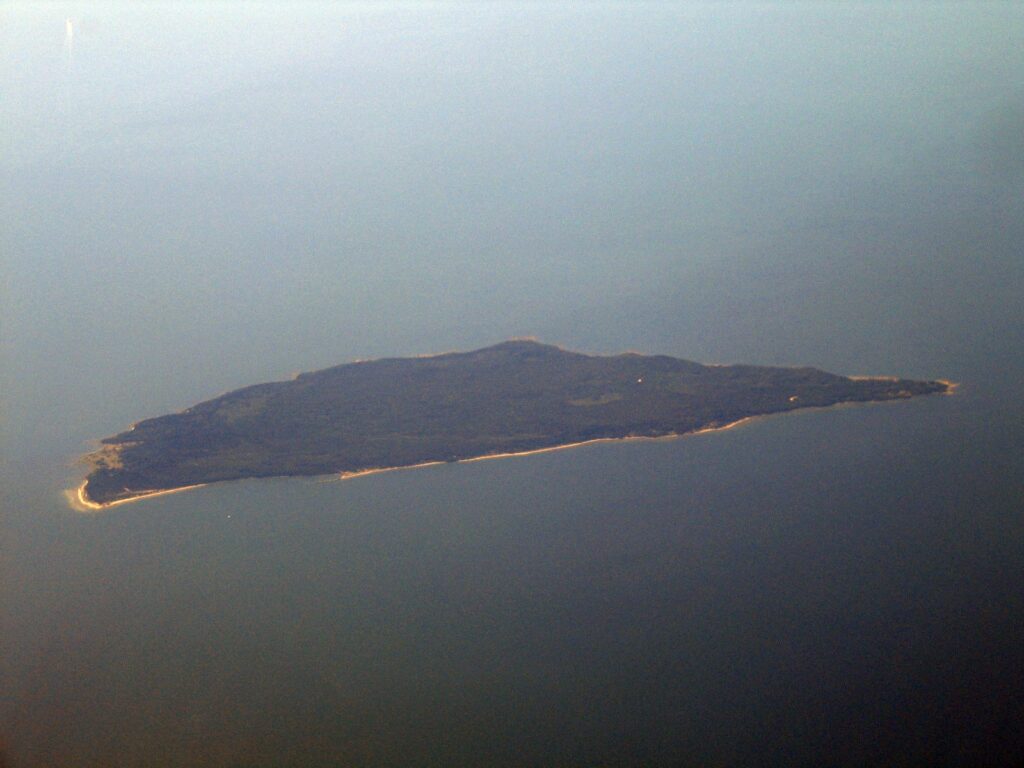The Guardian, a British media outlet, highlighted the five best lesser-known islands in Europe, including Naissaar, Estonia’s fifth largest island.
“Not drawn to Mallorca or Mykonos? Whether you’re after sun or not, these quieter spots, from the Aegean to the Baltic, offer a real away-from-it-all vibe,” the paper said.
“Estonia has more than 2,000 islands, and Naissaar, an hour from Tallinn by ferry, means ‘Women’s Island’. According to legend, it was once ruled by female warriors, and a 13th-century Danish princess was exiled there for preferring women to men,” journalist Aliide Naylor, writing in The Guardian, noted.
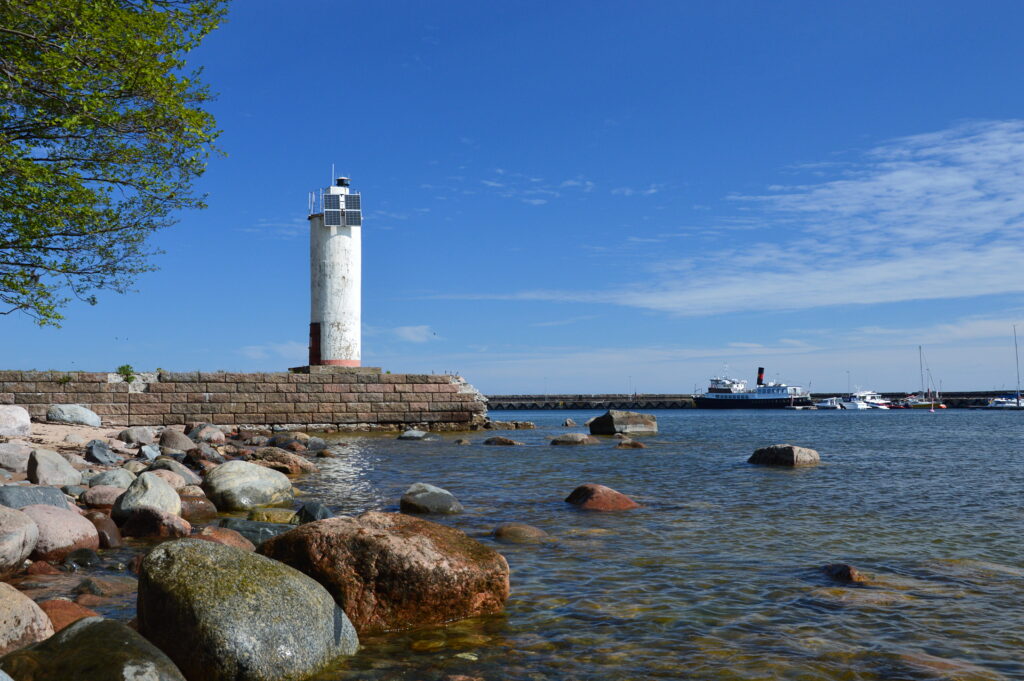
“During the Soviet occupation, Naissaar was completely off-limits to civilians, but since reopening as a nature reserve in the mid-1990s, it has flourished into a beautiful and fascinating place,” the author said.
“It’s possible to wander around the abandoned Soviet-era structures, but I prefer the serene, airy forests, where birdsong echoes through the trees and sunlight dances through the leaves. Look for flashes of purple and red – wild blueberries and tiny strawberries – to collect for your picnic.”
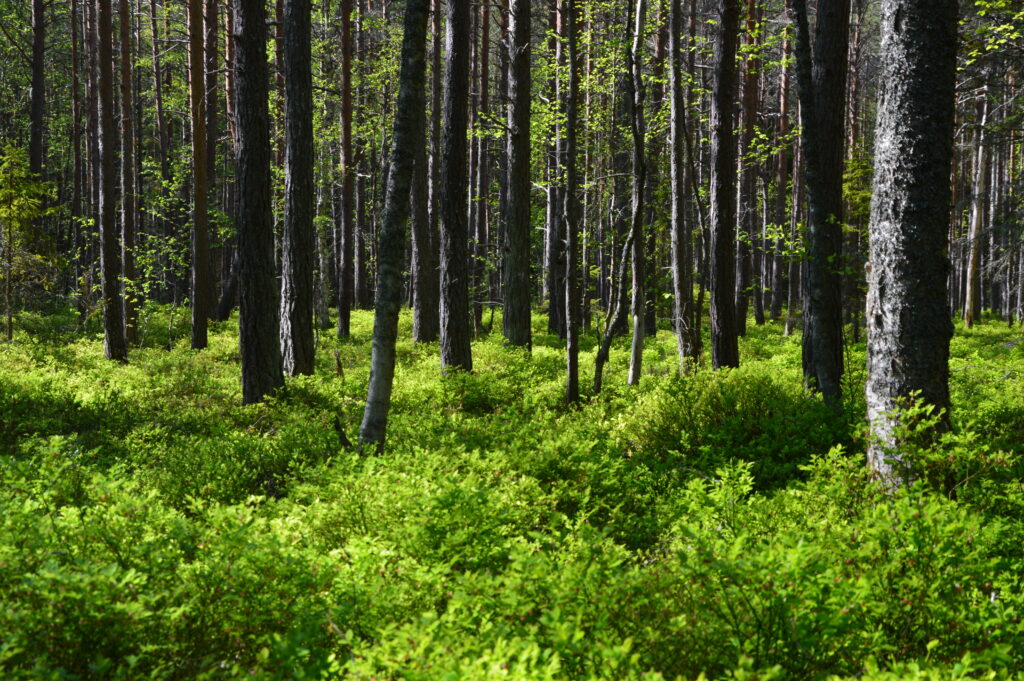
“The island is only six miles by two and very walkable. On the gorgeous and near-deserted stretches of sandy beach, with clear water and sprouting greenery, there are fireplace stands for barbecuing food. I love swimming in the cold, crisp waters of the Gulf of Finland on hot summer days. Even as a lone woman, I feel safe,” Naylor concluded.
The other islands highlighted in The Guardian are Karpathos in Greece; Inishmore, Aran islands in Ireland; Flores, Azores in Portugal and Marettimo, Egadi islands, Sicily in Italy.
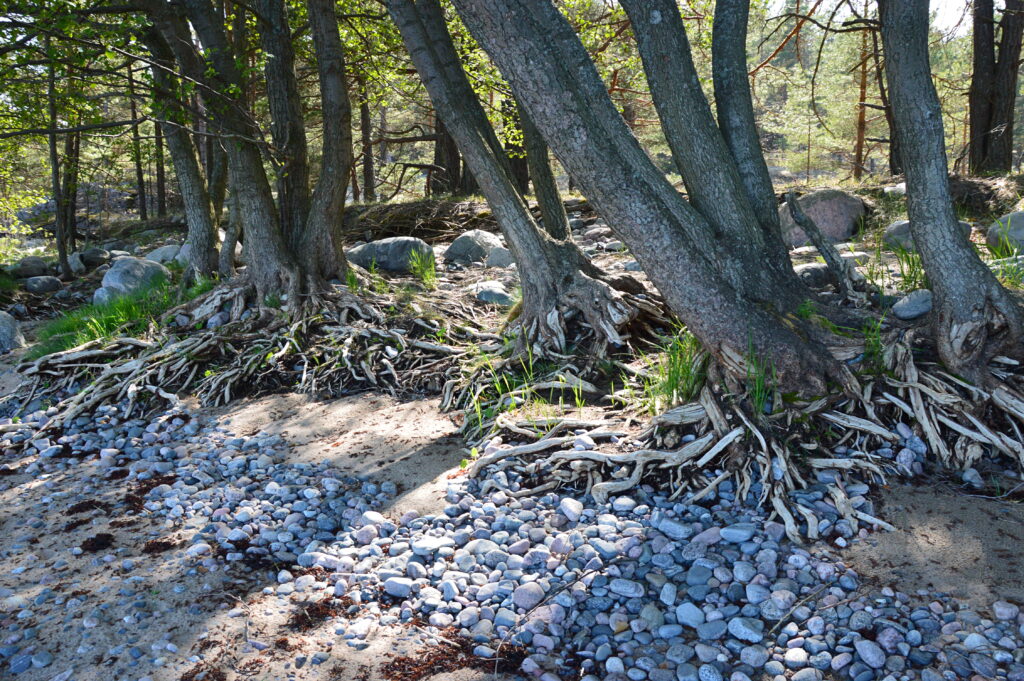
A former naval mine factory
Naissaar lies just 8.5 kilometres (5.3 miles) from the mainland, northwest of Tallinn. The island covers an area of 18.6 square kilometres (7.2 square miles) and consists predominantly of coniferous forest.
Before the Second World War, Estonia used Naissaar as a naval base. However, as of 1934, 450 people lived on the island, of whom 291 were Estonians (most of whom served in the Estonian naval forces), while the rest were Estonian Swedes, mainly fishermen. A notable native of the island was Bernhard Schmidt, the German-Estonian optician who invented the Schmidt telescope in 1930.
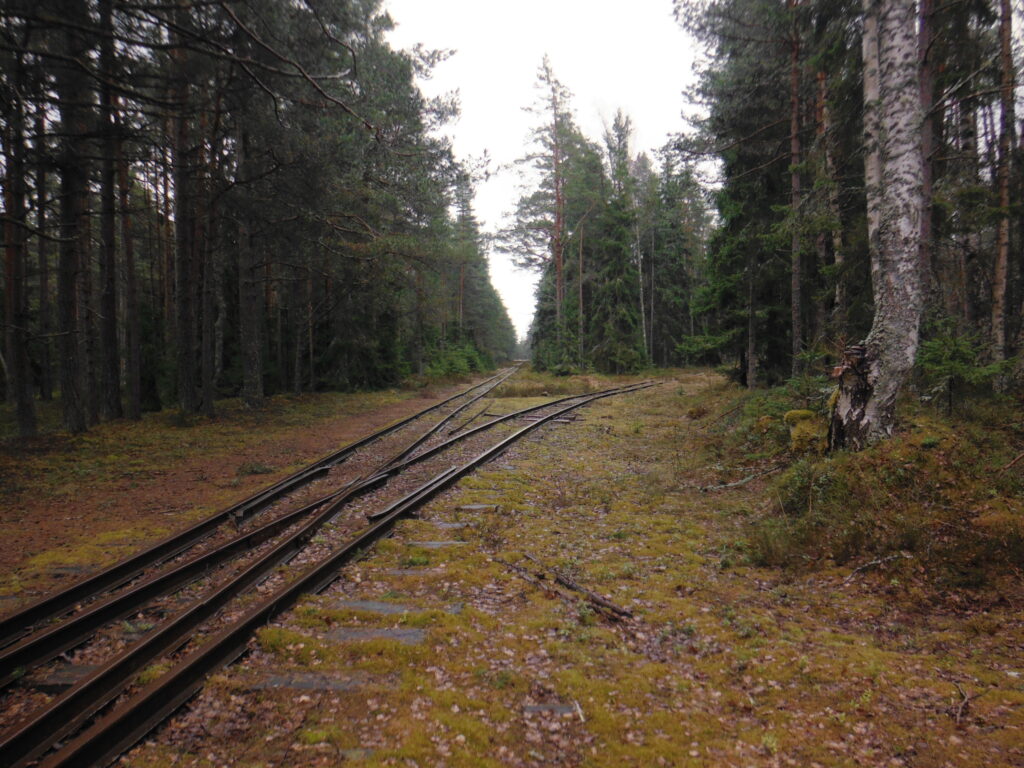
The Soviet Red Army occupied Naissaar in 1940, only to have the German Wehrmacht displace it in 1941. The local Estonian Swedes preferred the Germans, and when the Red Army reoccupied the island in 1944, the Swedish-speaking population fled to Sweden.
The Soviet Union established a large naval mine factory on the island, declared Naissaar a military area and off-limits to the public.
When the Russian troops left the island in early 1993 – two years after Estonia had regained independence – they burned the explosives in the naval mines, leaving a multitude of metal casings scattered throughout the island. Many of these were scavenged as scrap iron, but a field of mines is still visible near the wharf at one of the old ports.
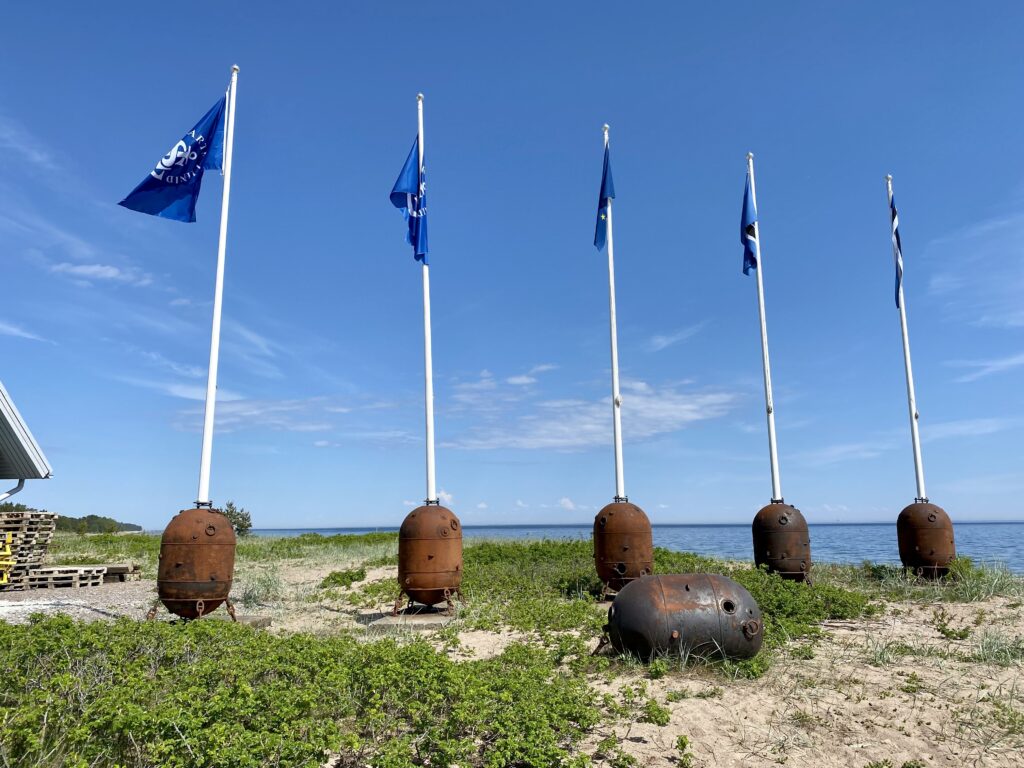
Now a conservation area
As the island’s soil was contaminated by oil and heavy metals, it took for the independent Estonia for decades to clean up the mess left by the Soviet Union. In 1995, Estonia established the Naissaar Landscape Conservation Area, covering the entire island.
As of 2020, Naissaar’s permanent population stood at just 17 people – a notable resident is the conductor Tõnu Kaljuste, who organises concerts at his estate on the island as part of the annual Nargenfestival.
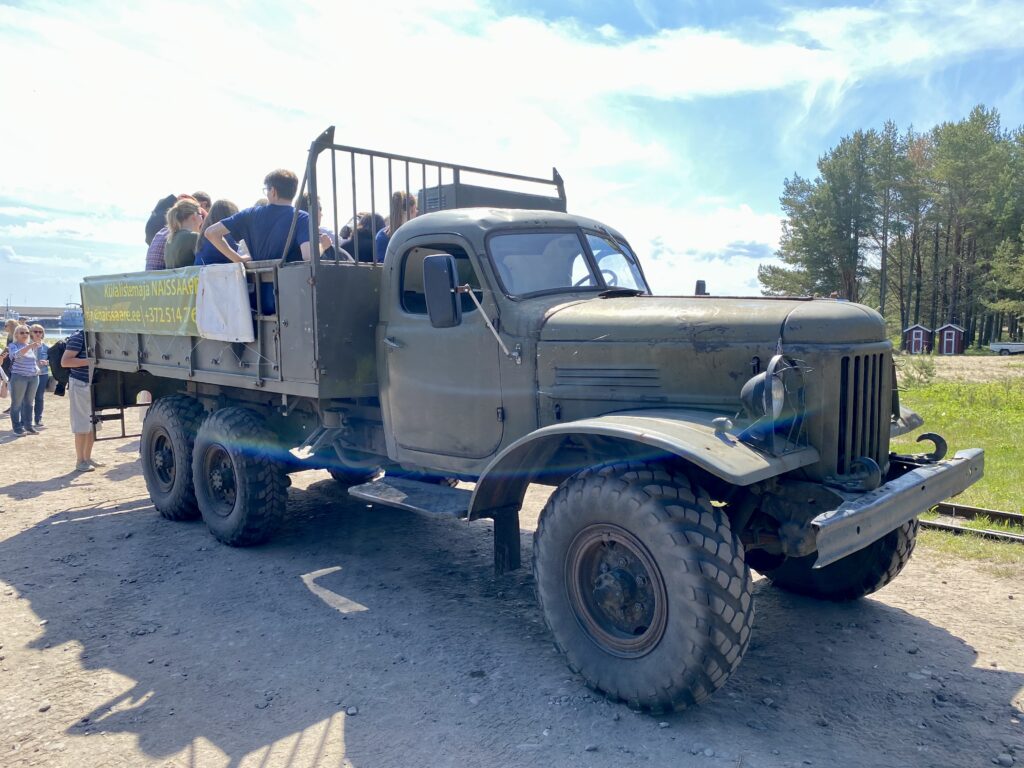
The island has more summer residents and has become a tourist attraction. For those wishing to stay, there are campsites and cottages or the Naissaar guesthouse. The regular Naissaar Island Ferry Line operates from May to September.

